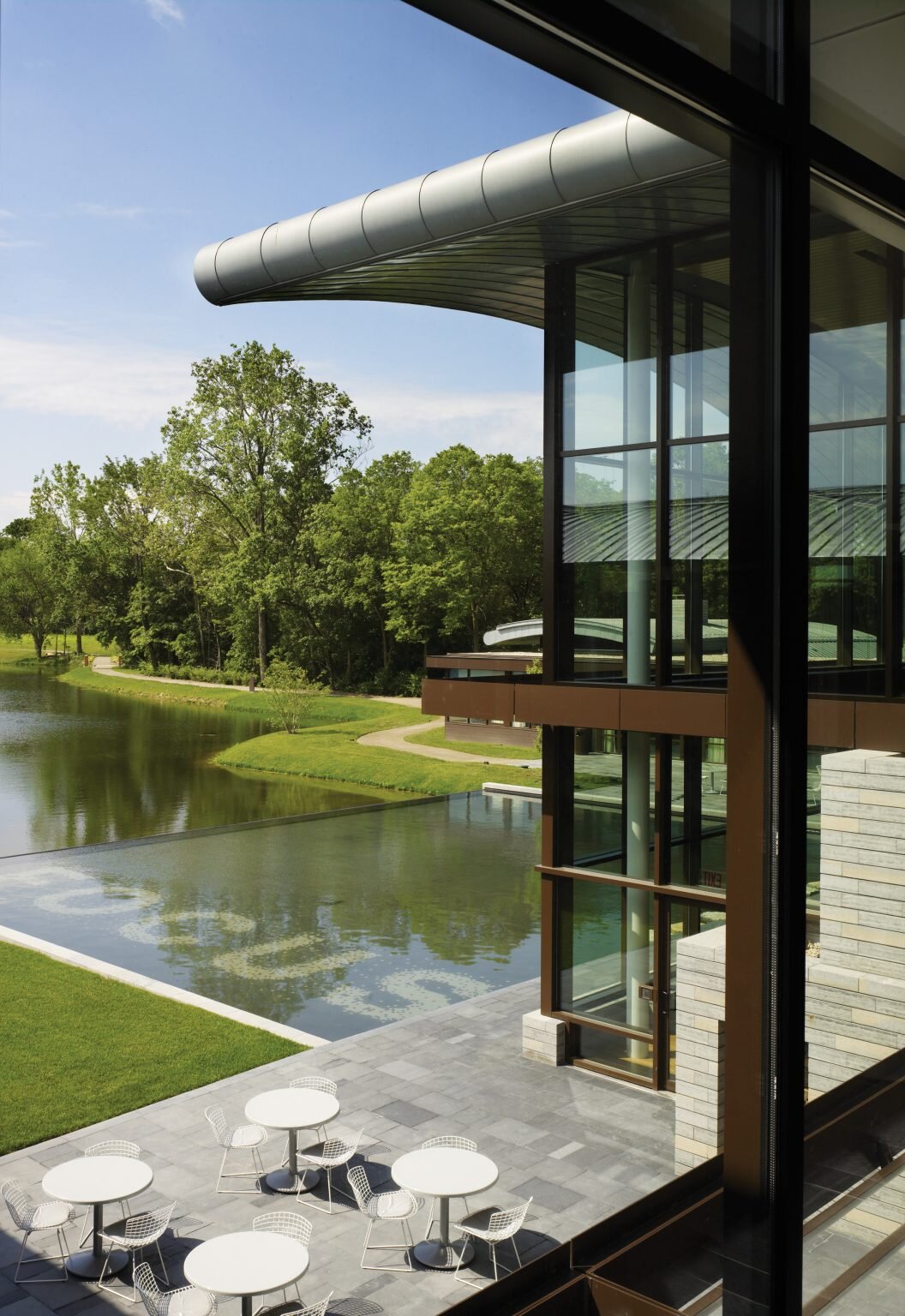The Big Guy
By Lee H. Skolnick, FAIA, Principal
“ROME (CNN): Pope Francis has said the coronavirus pandemic is ‘one of nature’s responses’ to humans ignoring the current ecological crisis’.”
Isn’t this enough? Does God Him/Herself have to come down to earth and roar at us personally? Well, if you believe the leader of the Catholic church (a pretty straight shooter), maybe He/She already has.
Architects have a sacred duty to protect the environment. It’s not just about big, shiny buildings. It’s about shelter. It’s about nurturing life. It’s about leaving the world better off than you found it. It’s about stewardship – taking responsibility for what we have been given. Here are some lyrics to a song I wrote:
Better hope there’s mercy up in heaven
Cause we sure made a mess down here
Big Guy don’t like where this is headin’
We’ve gone and poisoned everywhere
I’ve seen your snow-capped mountains tumble
I’ve felt your oceans start to boil
I’ve heard tornadoes’ frightening rumble
I’ve tasted sorrow in your soil
The chorus goes like this:
I gave you paradise to live in
A garden fair and true
I might just take back what I’ve given
I put my trust in you
OK, you get the picture.
At SKOLNICK, we have always looked to nature for guidance. It informs our approach to creative problem solving in all mediums and at all scales. When we were entrusted to create a headquarters and visitor center for the Mohonk Preserve, a 7,000 acre nature preserve in upstate New York which has been dubbed “One of Earth’s Last Great Places,” we looked to the land for building materials (naturally occurring glacial erratics for the stone walls, site-harvested timbers for the columns, recycled barge wood for the trusses). This not only ensured that the building would be in harmony with, and be “of the land,” but it also greatly reduced the expenditure of energy associated with shipping and processing building materials.
Mohonk Preserve Visitor Center was designed as a sustainable building, before the LEED program existed (Photo by Andrew Garn)
We installed a geothermal heating and cooling system (the first institutional building in New York State to employ this). By doing so, we drastically lowered the use of fossil fuels and took advantage of the earth’s natural heating and cooling qualities to keep the space comfortable for people. We placed the structure into the sloped site so as to take advantage of the earth’s natural insulation to protect the space from the elements, to reduce energy consumption, to cradle the office and classroom spaces, and to mitigate the visual impact of the building in the environment. We planted the roof and placed a garden and gathering space within it to simultaneously insulate the roof, reduce the building’s footprint, and create an attractive refuge for social interaction. All of our design strategies were aimed at living in harmony with nature, at being committed stewards of the earth, inspiring everyone to understand and internalize their critical role in this noble effort. In fact, the project was acutely sustainable before there was a LEED program.
Aileron is a LEED-Gold Education Center located in Dayton, OH (Photo by Alan Karchmer)
For a 110-acre campus for Aileron, a center for entrepreneurial education in Dayton, Ohio, we incorporated every feature we could to make the facility an embodiment of environmental responsibility. From passive solar planning strategies like building orientation and deep overhangs, to super insulation, solar collectors, geothermal heating and cooling, recycling of grey water, light sensors on the lighting system, to the utilization of recycled and recyclable materials and finishes and more, the mission was to not just walk the walk, but also talk the talk. We made the project a teaching tool. Throughout the LEED-Gold campus, explicit reminders and explanations interpreted this sustainable approach in order to inculcate these values in the business owners and leaders who flock to the venue for inspiration, guidance, and instruction.
At Muzeiko, the building’s sustainable features have been incorporated into its exhibit experiences (Photo by Roland Halbe)
In Bulgaria, a country gradually emerging from the shadow of Soviet occupation, we were privileged to be chosen by the America for Bulgaria Foundation to design the first ever children’s museum in the nation’s history, Muzeiko. And we saw this as an extraordinary opportunity to marry the opening up of education for children and families with a new-found sensitivity to the plight of the environment. The result was the republic’s first LEED-Gold building, which did not simply incorporate sustainable features but integrated them directly into the educational visitor experience. Again, solar collectors, a green roof, super insulation, recycled and recyclable materials and finishes and many more features are exposed, interpreted, and celebrated so that we can help young people appreciate and associate a joyful and enlightening experience with their sacred responsibility to cherish and protect the planet.
Did I say “sacred”? Whether or not you believe that God created the earth in six days, He/She didn’t give us the right to rest on the seventh. And we cannot let the hundreds of thousands of years of human habitation end in its own destruction because we refused to step up to the challenge.



